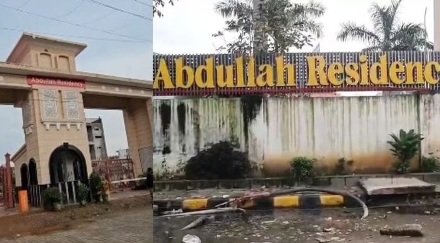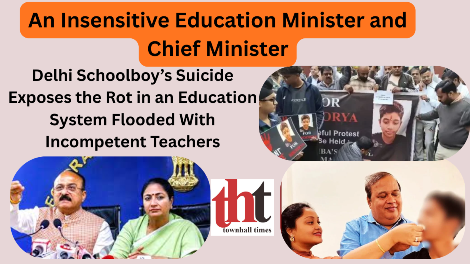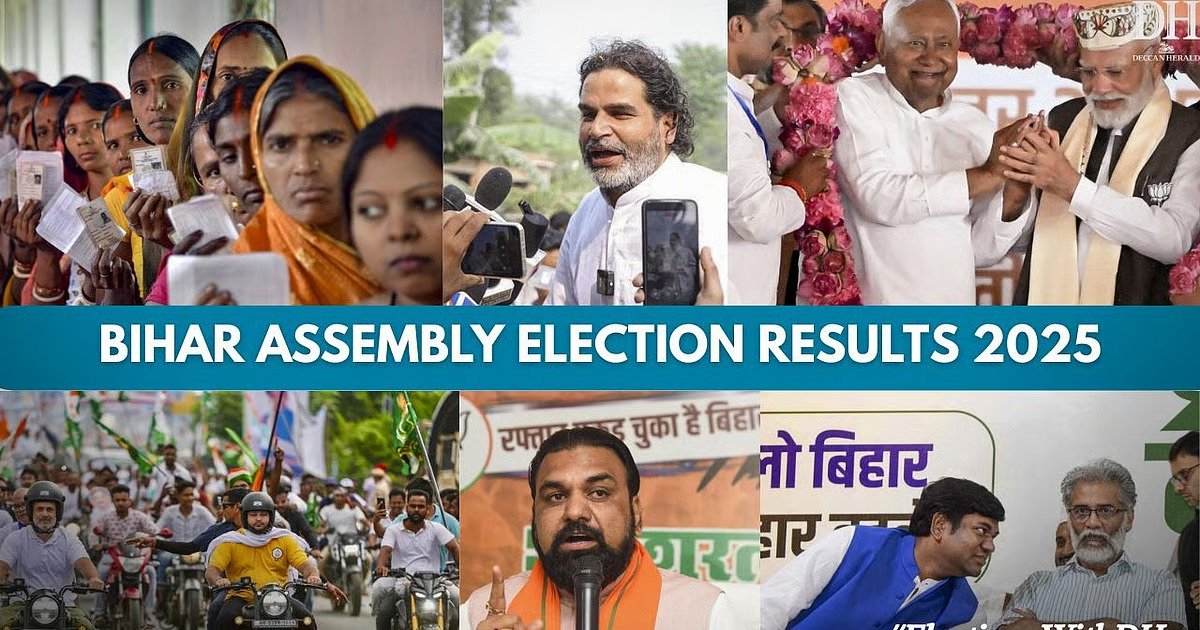Bengaluru/Meerut, September 12, 2025 – Two housing projects on opposite ends of the country—one marketed as a Brahmin-only “Vedic township” in Karnataka and another accused of being a Muslim-exclusive colony in Uttar Pradesh—have triggered fierce debates over caste, religion, and India’s constitutional values. The Shankara Agrahara near Bengaluru and Meerut’s Abdullah Residency represent growing experiments in segregated living, raising questions about legality, cultural identity, and systemic discrimination.
Shankara Agrahara: Cultural Sanctuary or Brahmin Enclave?
Located near Kempegowda International Airport on the Hyderabad Highway in Bagepalli, Shankara Agrahara is promoted as Asia’s largest Brahmin civil elite township. Spearheaded by the Sanathana Dharma Parirakshana Trust, the 3.12-million-square-foot “Vedic Village” envisions 2,000 villas inspired by Adi Shankara and Ramanuja, blending spiritual heritage with modern amenities.
Supporters see it as a self-sustaining sanctuary preserving Brahmin traditions amidst rapid urbanization. The branding echoes Hindu nationalist slogans like “Garv Se Kaho Hum Hindu Hain” (“Say with pride, we are Hindus”), portraying the project as cultural preservation rather than exclusion.
However, critics argue the caste-specific nature of the project revives historic inequities. Journalist Ravish Kumar, in earlier commentaries on “Brahmin Basti” naming trends, described such developments as elitist retreats for privileged groups, highlighting how upper-caste exclusivity undermines India’s fragile social fabric.
Dalit activists warn that Shankara Agrahara risks becoming a modern version of the traditional agrahara—exclusive Brahmin settlements that historically marginalized Dalits and OBCs. Similar projects, such as Pune’s Brahmavrind Housing Society, are cited as examples of caste-based gatekeeping that reinforce systemic exclusion.
Abdullah Residency in Meerut: Bulldozer Politics and Minority Rights
In contrast, Abdullah Residency on Meerut’s Hapur Road is facing allegations of being a “Muslim-only” colony. The project—developed by retired Major General Javed Iqbal and builder Mahendra Gupta under AIM INFRA Homes LLP—was officially approved by RERA and marketed as open to all.
Yet, on September 9, 2025, Uttar Pradesh Minister Somendra Tomar accused it of restricting Hindu buyers, pointing to claims of “No Entry for Hindus” boards and an unauthorized mosque under construction. A subsequent inquiry led by Joint Magistrate Dr. Diksha Joshi confirmed encroachment of 300 square meters, prompting a bulldozer demolition on September 10 and an FIR against the developers.
The builders deny religious bias. Gupta stated that “Abdullah Residency welcomes all buyers under RERA norms,” while Iqbal’s family clarified no mosque exists within the colony, pointing instead to facilities in nearby Zakir Colony. Opposition voices, including AIMIM’s Shaukat Ali, condemned the demolition as “bulldozer justice,” arguing it selectively targeted Muslims under the guise of law enforcement.
The case has drawn attention to Uttar Pradesh’s broader pattern of bulldozer actions, which critics say disproportionately impact minorities and bypass due process.
Constitutional Questions: Equality vs. Community Identity
Both Shankara Agrahara and Abdullah Residency spotlight a fundamental constitutional question: Can housing projects legally restrict buyers on the basis of caste or religion?
Under Article 15 of the Indian Constitution, discrimination based on caste, religion, race, sex, or place of birth in access to public goods and spaces is prohibited. Legal experts note that while private housing societies can promote cultural themes, overt exclusion—such as marketing “Brahmin-only” homes or informally denying sales to non-Muslims—could violate constitutional equality.
The Supreme Court ruling in Zoroastrian Cooperative Housing Society v. District Registrar (2005) upheld limited rights of cultural groups to maintain exclusivity but also emphasized that such practices cannot override state laws or undermine public equality.
Shankara Agrahara’s overt caste branding and Abdullah Residency’s alleged exclusionary practices could therefore invite legal scrutiny, especially given India’s fraught history of caste-based discrimination and communal polarization.
A Divided Dream: Preservation or Fragmentation?
These projects reflect deeper anxieties in Indian society. For Brahmins, Shankara Agrahara represents cultural preservation in the face of globalization. For many Muslims, gated colonies offer perceived safety amid rising communal violence. Yet, both models risk deepening segregation, replacing integration with parallel enclaves.
Civil society voices argue that such trends betray the spirit of India’s Constitution. Dalit and OBC groups warn that caste-specific townships entrench social hierarchy, while Muslim-exclusive colonies are weaponized by political actors to stoke fears of separatism. Ravish Kumar’s warnings of a “collapsing society” resonate here, suggesting that gated identities may become a new norm in India’s cities.
As investigations continue in Meerut and construction advances in Bagepalli, India stands at a crossroads: whether to embrace cultural diversity within an inclusive framework or to allow segregated skylines—wrapped in Vedic chants or demolished under bulldozers—to shape its urban future.











Leave a Reply